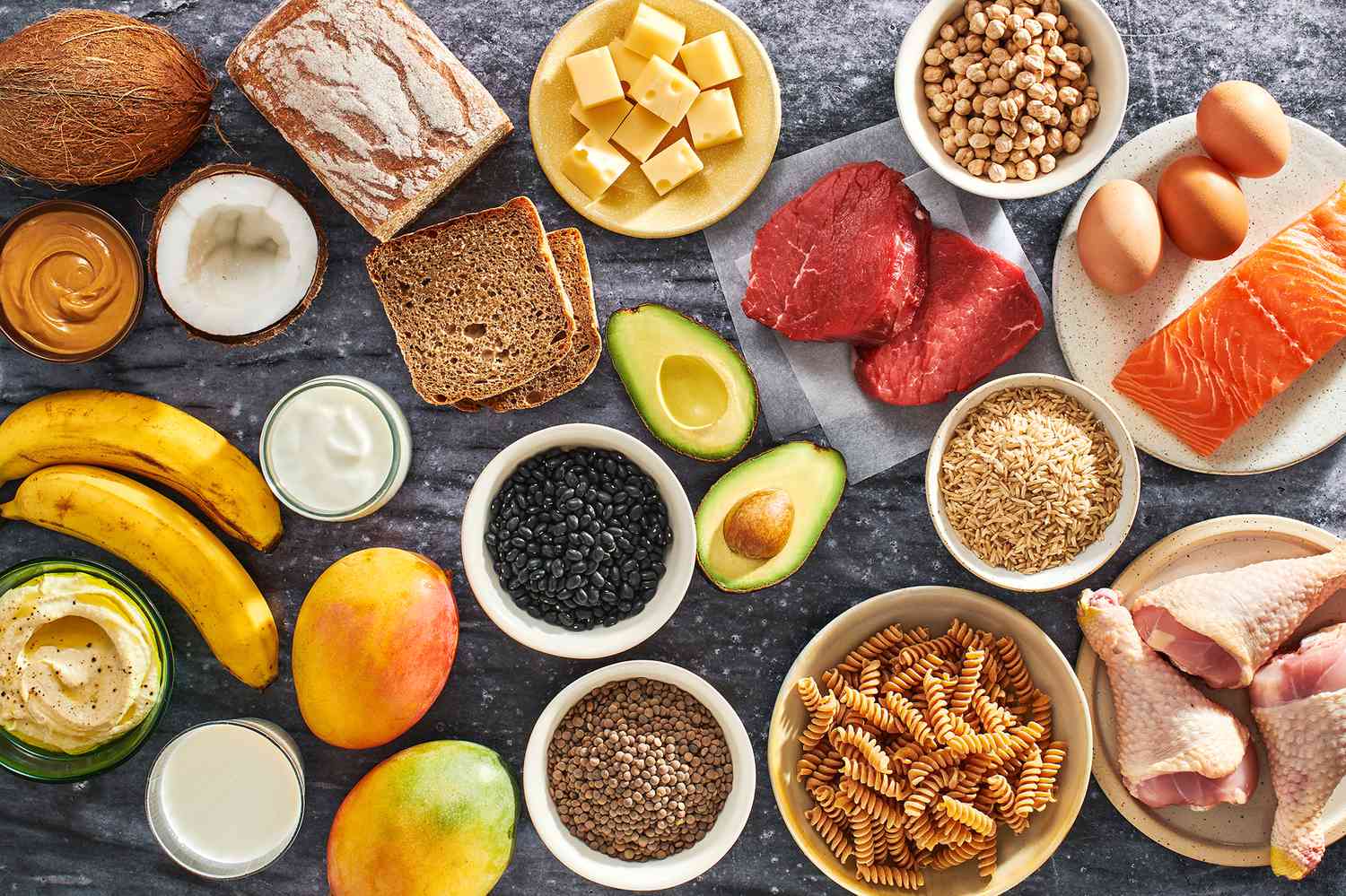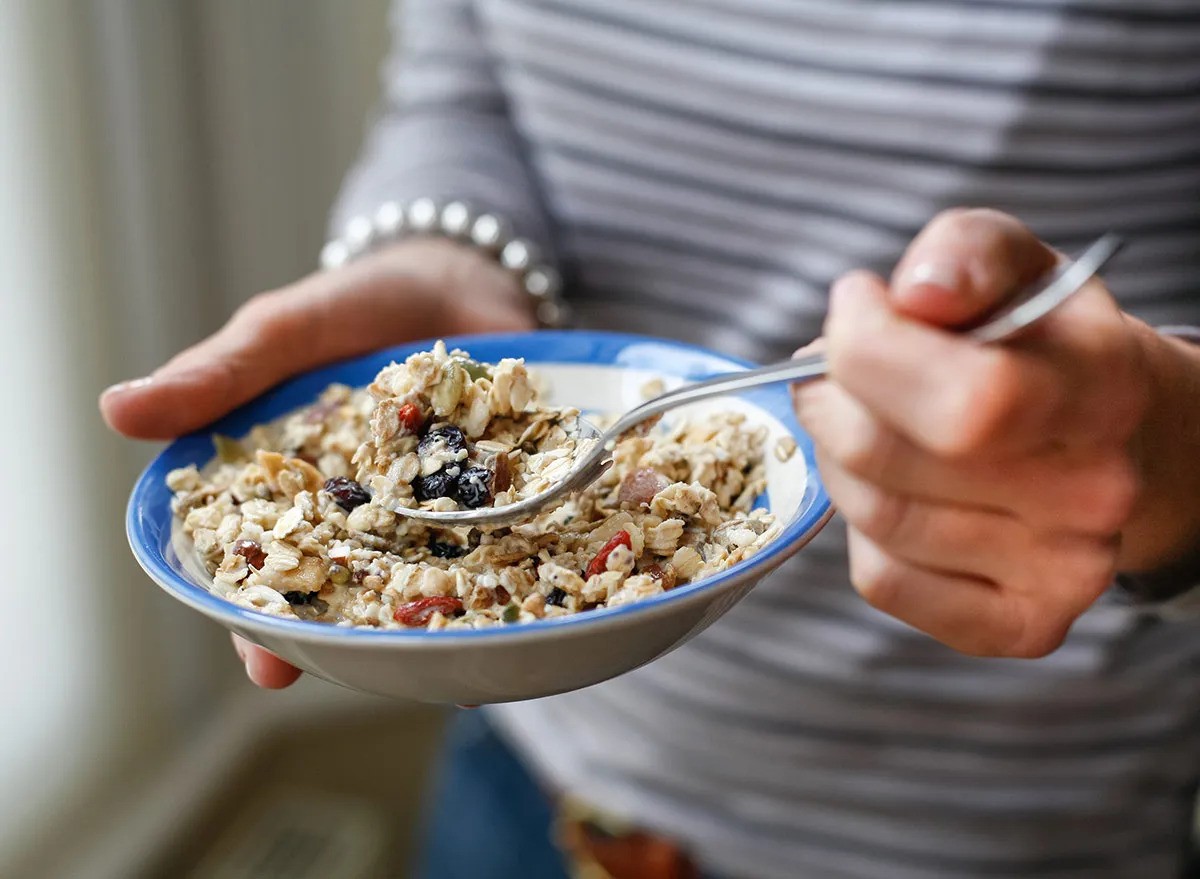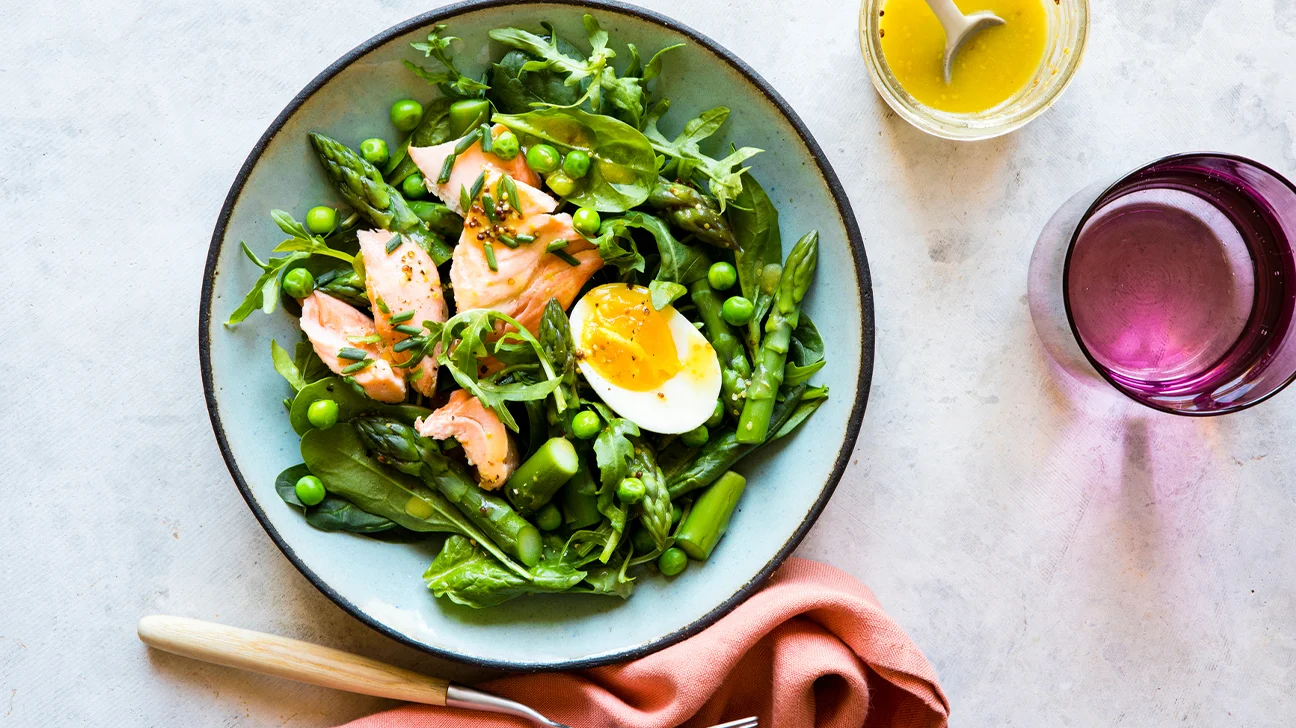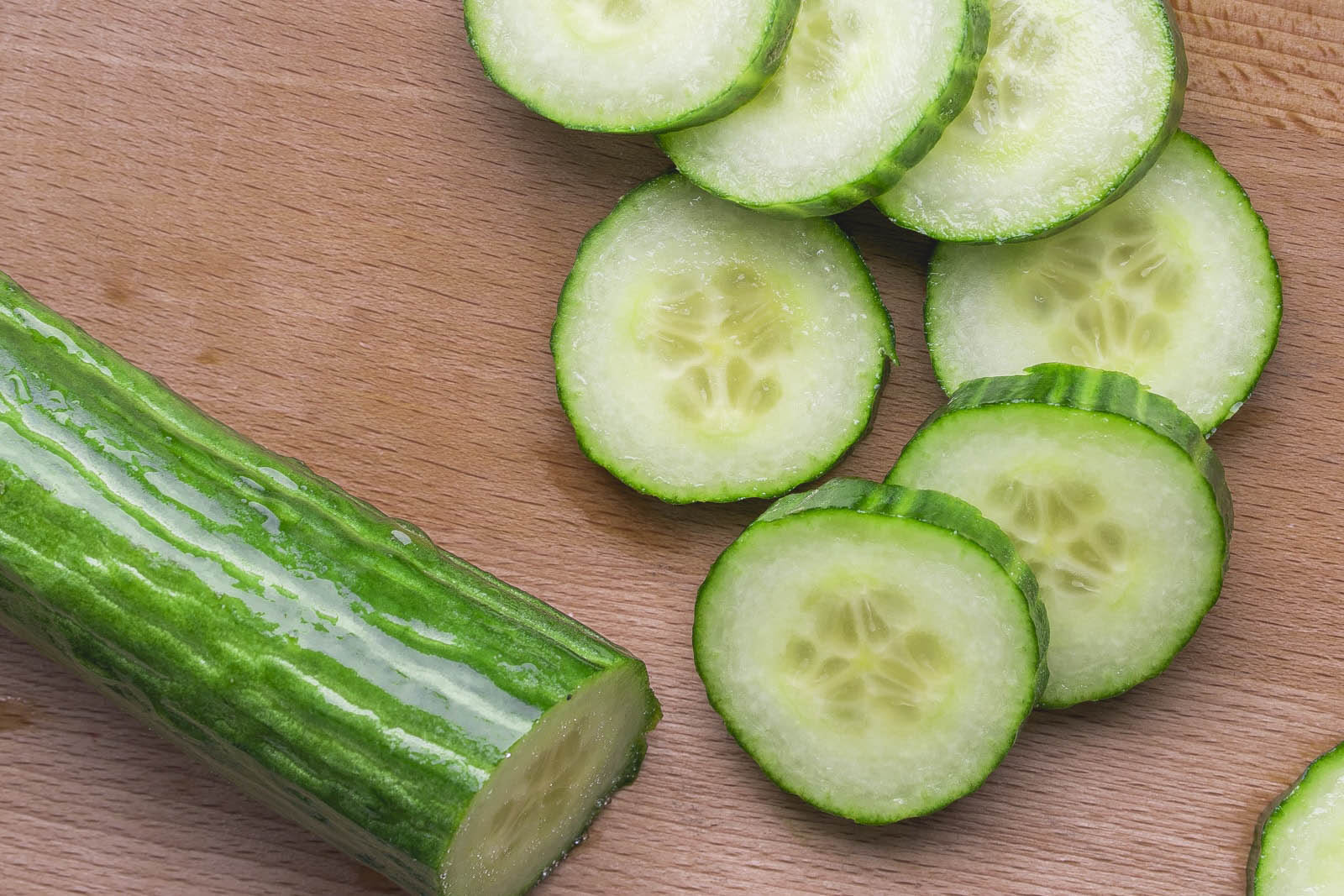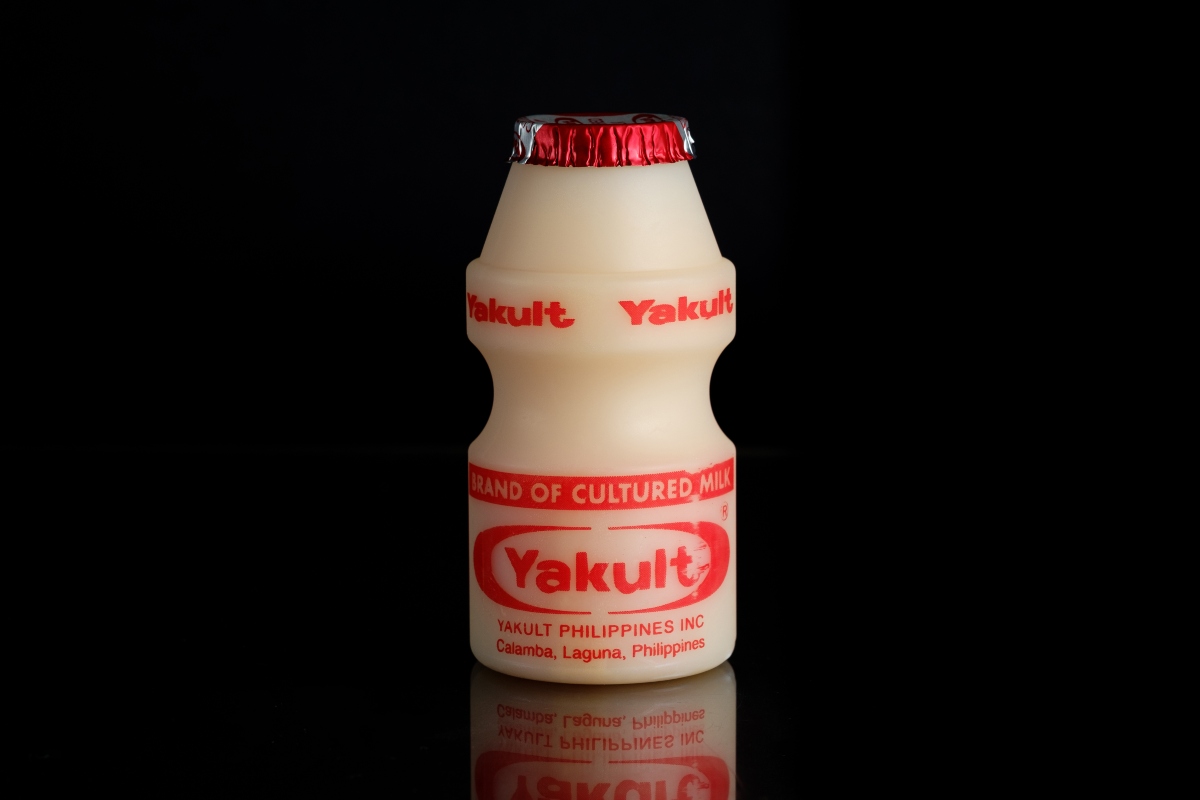How to Easily Consume 150 Grams of Protein Per Day
Protein is an essential macronutrient that plays a crucial role in building and repairing tissues, producing enzymes and hormones, and supporting overall health. For individuals who are looking to increase their protein intake, aiming for 150 grams per day can seem like a daunting task. However, with some strategic planning and smart food choices, reaching this goal is definitely achievable. Here are some practical tips on how to consume 150 grams of protein per day:
1. Prioritize Protein-Rich Foods
When aiming to increase your protein intake, it’s important to prioritize foods that are high in protein. Incorporate a variety of protein-rich foods into your meals, such as:
- Lean meats like chicken, turkey, and beef
- Fish and seafood
- Eggs and egg whites
- Dairy products like Greek yogurt, cottage cheese, and milk
- Plant-based sources such as tofu, tempeh, lentils, and chickpeas
2. Plan Your Meals
Planning your meals in advance can help ensure that you are consuming enough protein throughout the day. Aim to include a good source of protein in each meal and snack. For example, you could have eggs for breakfast, a grilled chicken salad for lunch, Greek yogurt as a snack, and salmon for dinner. This approach can help you spread out your protein intake and make it more manageable.
3. Use Protein Supplements
When it’s challenging to meet your protein goals through whole foods alone, protein supplements can be a convenient option. Whey protein, casein protein, and plant-based protein powders can be added to smoothies, oatmeal, or yogurt to boost your protein intake. They are an easy and quick way to increase your protein consumption, especially for those with busy lifestyles.
4. Snack Smartly
Snacking can be an excellent opportunity to sneak in extra protein throughout the day. Opt for protein-rich snacks such as:
- Protein bars
- String cheese
- Beef or turkey jerky
- Almonds or other nuts
- Edamame
5. Be Mindful of Portion Sizes
While it’s important to consume enough protein, it’s also crucial to be mindful of portion sizes. Consuming excessively large portions of protein may not be beneficial and can lead to an imbalance in your overall nutrient intake. Aim for a balanced approach and spread your protein intake throughout the day.
6. Experiment with Recipes
Get creative in the kitchen and experiment with protein-packed recipes. Try making protein pancakes using protein powder, preparing a quinoa and black bean salad, or whipping up a chicken stir-fry with plenty of vegetables. By diversifying your meals, you can make reaching your protein target more enjoyable and sustainable.
By following these tips and making conscious food choices, consuming 150 grams of protein per day can become a realistic and achievable goal. Remember to listen to your body’s needs and consult with a healthcare professional or nutritionist if you have specific dietary requirements or health concerns.
More Protein-Packed Recipes to Try
For those aiming to hit a daily protein target of 150 grams, incorporating a variety of recipes can make this nutritional goal more attainable and enjoyable. Among the recommended dishes to try are Grilled Chicken and Quinoa Salad for a balanced meal rich in protein and fiber, and Black Bean and Corn Quesadillas, perfect for a quick, protein-packed dinner. Also, the Turkey and Avocado Wrap is an excellent choice for a light yet fulfilling lunch. Each recipe is designed not only to meet your protein needs but also to ensure you are enjoying delicious and diverse flavors every day.
